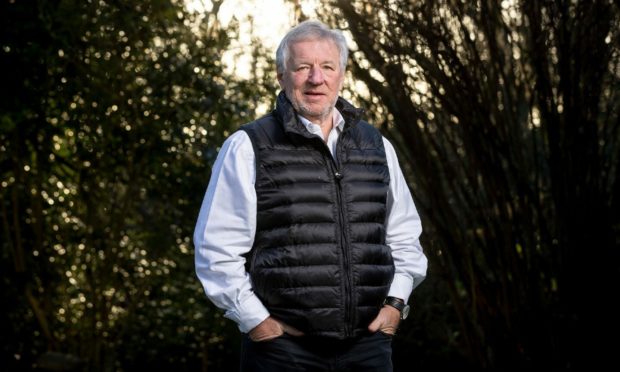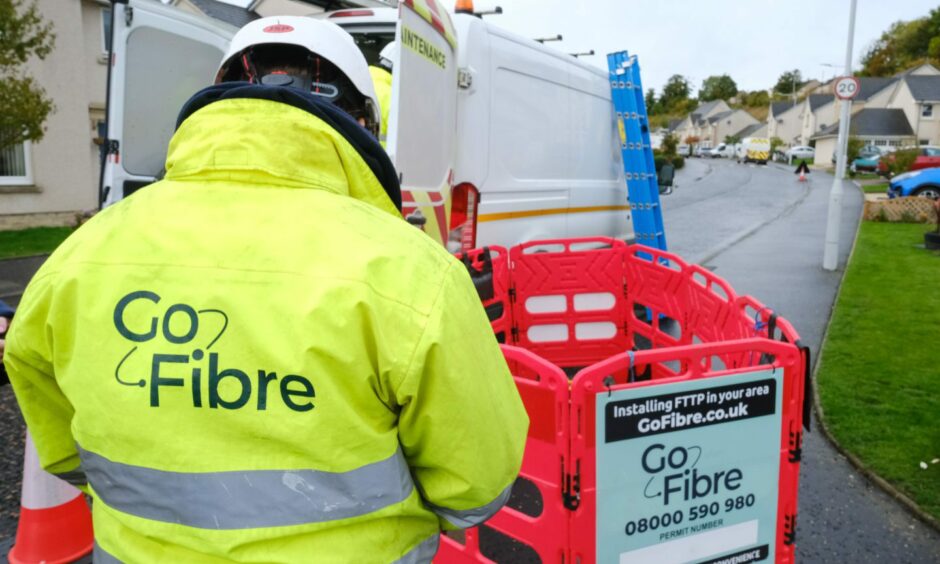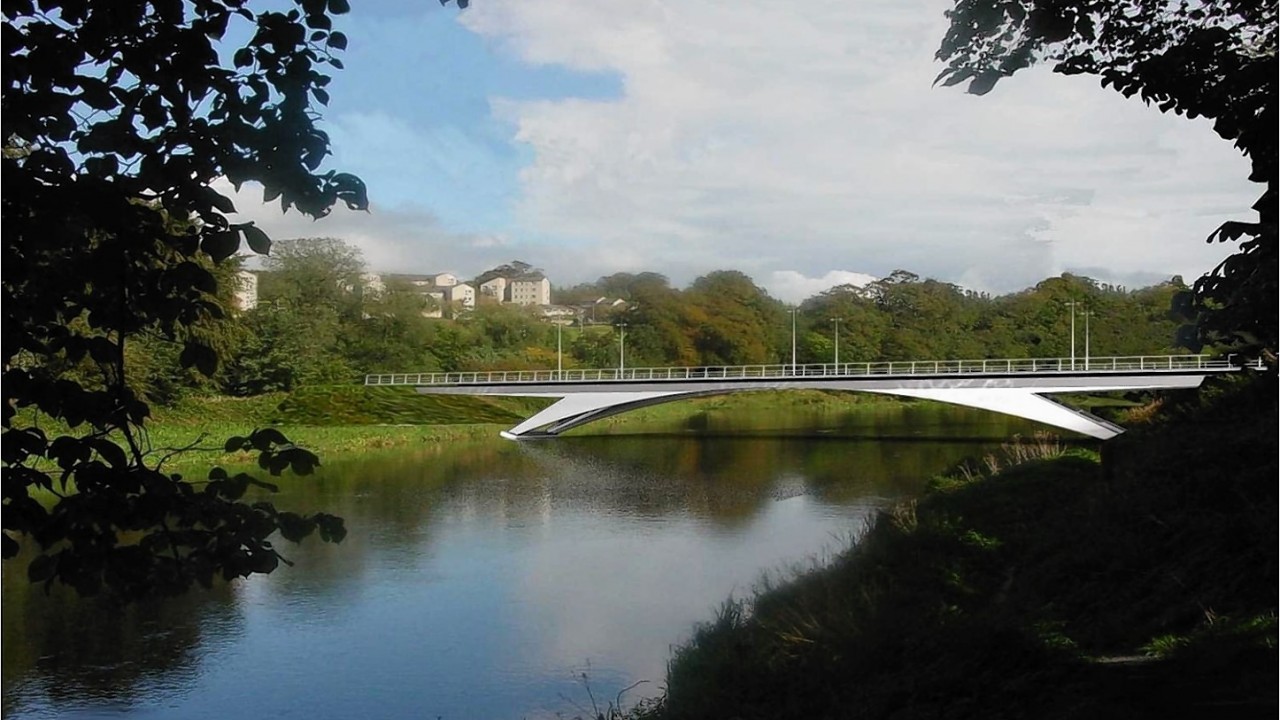Events over the past three years have thrown into sharp focus what it takes to keep the country and its thousands of businesses running.
One of the biggest lessons has been the importance of staying connected – with our families, friends, customers and colleagues- regardless of what global or domestic events are taking place.
In the face of a pandemic, extreme weather events, conflict in Ukraine and many other pressures, companies in particular have been forced into finding new ways to stay in touch.
In the same way that towns and cities suffer when physical infrastructure is inadequate, everyone now loses out if they face barriers to good digital services.”
This dynamic has now set the business world firmly down the path of rapid innovation, which is why improved connectivity in its many forms is a main feature of the UK Government’s levelling up agenda.
Connectivity is crucial to generating economic growth, and in the background of everything we do today and in the future.
Digital challenge
Transport infrastructure has traditionally been the main route through which goods and services have flowed.
We have all experienced the impact of disruption to road, rail and air services, and now the pandemic has demonstrated how important it is to have efficient digital connectivity – for our communities, public services and businesses.
Looking ahead, the challenge for network services and governments is to continue this digital transformation – at pace – so the whole country can reap the benefits.
Encouraging signs
There are some signs this has started to happen.
The UK Government has announced research and development for next generation 5G and 6G wireless technology.
This telecoms security is to be ramped up as part of a £110 million package of investment.
For Scotland, I’ve mentioned before that our tech industry is forecast to be the second fastest growing sector by 2029, with the next 10 years described as our “digital decade”.
Aberdeen start-up hub to offer tech founders advice and mentorship
Professor Mark Logan, former chief operating officer of Skyscanner, was commissioned by the Scottish Government during the pandemic to look at what should be done to grow Scotland’s technology sector.
One of the recommendations from his Scottish Technology Ecosystem Review was to create the £42m Tech Scalers network.
Seven new start-up hubs are being set up around Scotland – in Aberdeen, Glasgow, Edinburgh, Stirling, Dundee, Dumfries and Inverness – to offer tech founders advice and mentorship from industry experts.
In Aberdeen, the project is being led by CodeBase and Opportunity North East, and I’m sure we will be reading more about it in The Press and Journal next year.
Inevitably, more can always be done. In the same way that towns and cities suffer when physical infrastructure is inadequate, everyone now loses out if they face barriers to good digital services.
Tackling Aberdeenshire’s poor access to decent broadband speeds
We saw the impact for ourselves during lockdown, when some children struggled to connect to lessons, businesses found it difficult to trade and people could not access their work online.
There are still some places where basic broadband can be problematic.
Ofcom statistics show 3,970 homes in Aberdeenshire have broadband below the minimum standard download speed needed for streaming and only 16% of households have access to “ultrafast” broadband.
To help to address this, Aberdeenshire Council has pledged full-fibre infrastructure will reach 16,000 properties by 2027.
Under the Aberdeen City Region Deal, Neos Networks has completed the installation of a £10.5m full-fibre network linking Aberdeen, Westhill, Stonehaven, Banchory, Inverurie and Ellon.
On top of that, GoFibre, an independent Scottish broadband builder, has started work on high-speed connectivity to more than 4,500 premises in Portlethen and Newtonhill.
The speed with which digital technology is developing is quite extraordinary.
It is important to frame our public policy response to minimise the risk that some people and businesses could be left behind.
A lengthy planning process is so often the norm in the world of built environment – we know it can take years to build a motorway or a bypass – so we must keep up the pressure to make sure the delivery of fast, reliable digital services doesn’t go the same way.
Infrastructure benefits
Today in the north-east we enjoy the benefits of long-awaited landmark infrastructure improvements.
I am thinking of the Diamond Bridge, or third Don crossing, and Aberdeen Western Peripheral Route.
But I have read recently we could face a delay to the upgrade of the A96 between Aberdeen and Inverness.
Even though it is such a key transport corridor, an announcement on target dates for the work has been postponed until next spring.
There is mounting concern the entire route may not be fully dualled and about the capital investment available to pay for it.
Let’s remember this is also a major road safety issue. Very sadly, there have been 13 fatalities and 180 injured over the past three years – so I hope any delays will be kept to a minimum.
As well as our roads, the new year should bring progress on our railways.
Transport Scotland has recommended an improvement programme on the Perth-Dundee-Aberdeen line and a promise of £200m of funding from the Scottish Government should make it happen.
That’s good news for foot passengers, freight operators and our net-zero goals.
It is onwards and upwards for progress on all these projects and more in 2023.
Best wishes for the festive season and a happy new year.
Martin Gilbert is co-founder and former chief executive of Aberdeen Asset Management and chairman of AssetCo, Toscafund and Revolut.






Conversation